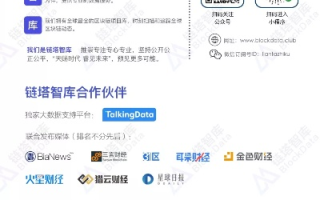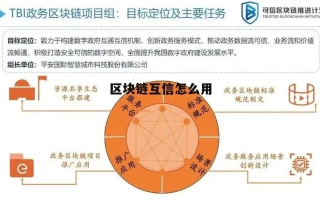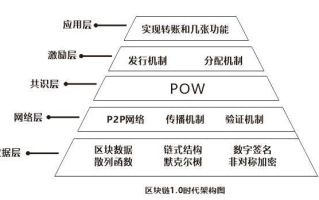Title: Understanding Blockchain Network Analysis Methods
Blockchain technology has emerged as a revolutionary force, promising decentralization, transparency, and security in various sectors. However, with its rise, concerns about illicit activities like money laundering, fraud, and terrorism financing have also surfaced. To address these concerns, blockchain network analysis methods have been developed. In this article, we will delve into the techniques used for analyzing blockchain networks to uncover illicit activities and ensure the integrity of the system.
1. Introduction to Blockchain Network Analysis
Blockchain network analysis involves examining the transactional data stored on the blockchain to gain insights into the flow of assets and the interactions between participants. By analyzing this data, analysts can identify patterns, detect anomalies, and trace the movement of funds across the network.
2. Transaction Graph Analysis
One of the fundamental methods used in blockchain network analysis is transaction graph analysis. In this approach, transactions are represented as nodes, and the flow of assets between addresses is depicted through edges. By visualizing the transaction graph, analysts can identify clusters of addresses that are closely connected, potentially indicating the presence of a common entity or activity.
3. Address Clustering
Address clustering is another essential technique used in blockchain network analysis. Since blockchain transactions are pseudonymous, meaning they are not directly linked to realworld identities, analysts rely on address clustering to group together addresses that are likely controlled by the same entity. This process often involves heuristic algorithms that take into account factors such as common input ownership and transactional patterns.
4. Heuristic Analysis

Heuristic analysis plays a crucial role in blockchain network analysis by identifying suspicious patterns or behaviors that may indicate illicit activity. This can include largescale transactions, rapid movement of funds through multiple addresses, and interactions with known highrisk entities. By applying heuristics, analysts can flag transactions or addresses for further investigation.
5. Flow Analysis
Flow analysis focuses on tracing the movement of funds through the blockchain network. By following the flow of assets from their origin to their final destination, analysts can uncover complex transactional paths and identify entities involved in money laundering or other illicit activities. Flow analysis often involves techniques such as clustering, graph analysis, and machine learning algorithms.
6. Machine Learning and Artificial Intelligence
Machine learning and artificial intelligence are increasingly being utilized in blockchain network analysis to enhance the efficiency and accuracy of detection methods. These technologies can automate the process of identifying suspicious patterns, classify transactions based on risk factors, and adapt to evolving threats in realtime. By combining machine learning with traditional analysis techniques, analysts can stay ahead of sophisticated adversaries.
7. Privacy Considerations
While blockchain network analysis is a powerful tool for uncovering illicit activities, it also raises privacy concerns. As such, it's essential to strike a balance between maintaining the privacy of legitimate users and detecting and preventing illicit behavior. Techniques such as differential privacy and zeroknowledge proofs can help protect user privacy while still allowing for effective analysis of blockchain data.
8. Regulatory Compliance
Blockchain network analysis plays a vital role in ensuring regulatory compliance in industries such as finance, healthcare, and supply chain management. By monitoring transactions for compliance with laws and regulations, organizations can mitigate the risk of legal and financial repercussions. Additionally, blockchain analytics solutions can help businesses demonstrate transparency and accountability to regulators and stakeholders.
9. Conclusion
In conclusion, blockchain network analysis methods are essential tools for uncovering illicit activities, ensuring the integrity of blockchain networks, and maintaining regulatory compliance. By leveraging techniques such as transaction graph analysis, address clustering, heuristic analysis, and machine learning, analysts can gain valuable insights into the flow of assets and the behavior of network participants. However, it's crucial to consider privacy concerns and regulatory requirements when conducting blockchain network analysis to strike the right balance between security and individual rights.







